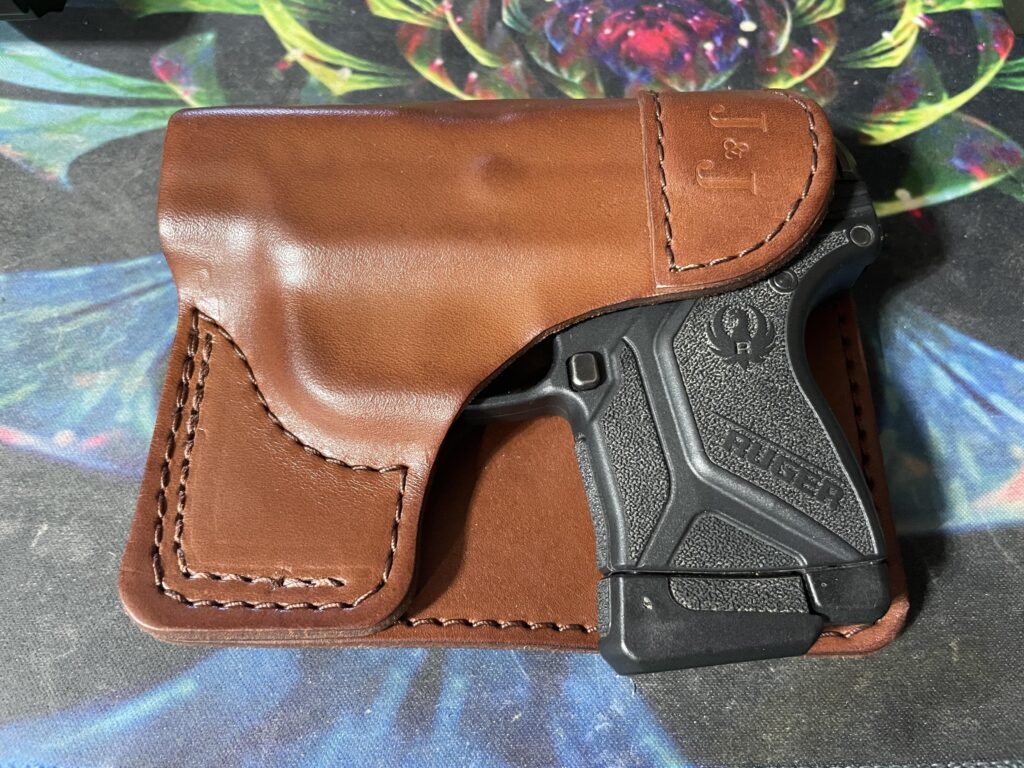Key Takeaways:
- Determining the proper fit for your Desantis holster and firearm.
- Understanding the different materials and design features of Desantis holsters.
- Choosing a holster based on your lifestyle, carry preferences, and safety requirements.
Introduction to Desantis Holsters
When choosing a holster, there are several pivotal factors to consider, such as the fit, material, comfort, safety, and how well it aligns with your lifestyle. Desantis, as a reputable brand in the world of firearm accessories, offers a variety of holsters designed to meet the diverse needs of gun owners. The key to finding the right Desantis holster is to comprehend the different aspects that make each holster unique and beneficial in particular scenarios.
Assessing Your Holster Needs
Before diving into the vast selection of holster options, evaluating what you need from a holster is crucial. Whether you’re a competition shooter, law enforcement officer, or possess a concealed carry permit, the features you need to consider will depend on your everyday activity and surroundings. Assessing your needs includes considering the frequency of use, typical attire, the level of concealment desired, and the draw speed you prefer.
Exploring Desantis Holster Materials
Desantis holsters are crafted from various materials, each offering different benefits. For example, leather has long been a popular option because of its timeless style and resilience; nevertheless, in order to keep its shape and functionality throughout time, leather needs to be well maintained. Modern materials like Kydex and injection-molded thermoplastic offer a molded fit specific to the firearm model and are known for their resilience and minimal maintenance. Understanding each type of holster material’s properties is essential when selecting.
Design Features to Look For
Design is an integral part of choosing the right holster. Well-designed Desantis holsters will provide easy access, comfort, and weapon security without unnecessary complexity. Look for features such as adjustable retention, which allows you to customize how tightly your firearm is held, and consider the presence of sweat guards or comfort tabs that can enhance wearability during prolonged use. The closure type, whether it’s an open-top design or one with a thumb break, can also affect draw speed and weapon retention.
Carry Positions and Holster Types
Carry position is another critical factor to consider. Desantis offers holsters for various positions, such as the waistband, ankle, pocket, or shoulder carry. Each position has pros and cons; your decision should align with your comfort and ease of draw. For example, waistband holsters are standard for their concealability and ease of access but require appropriate clothing to remain concealed. Ankle holsters might be more suitable for backup guns, offering deep concealment at the cost of slower draw times.
Ensuring the Perfect Fit for Your Firearm
The right holster must fit your firearm like a glove. A proper fit prevents excessive movement and potential damage to both the gun and the holster while ensuring reliable weapon retention. Each Desantis holster is engineered to fit specific firearm models, so select one that matches your gun’s make and model precisely. If you cannot try the holster out in person, research and read reviews from other users with the same firearm to ensure compatibility and satisfaction.
Comfort and Convenience in Holster Usage
For regular carriers, comfort is a non-negotiable aspect when choosing a holster. A comfortable holster allows you to carry throughout the day without experiencing irritation or fatigue. Desantis designs consider the comfort factor, offering features like padded backings and adjustable cant angles to reduce pressure points and adapt to different body shapes. The convenience of the holster’s design—how easily it can be put on and taken off and how well it fits into your everyday routine—is equally essential for a seamless carry experience.
Maintenance and Care for Longevity
Proper care and maintenance are critical to ensure that your Desantis holster lasts as long as possible. Leather holsters may require regular conditioning to prevent drying and cracking, while synthetic holsters often need only simple wipe-downs to clean. Understanding the care instructions specific to your holster’s material can extend its lifespan and maintain its appearance and functionality. Always inspect your holster for signs of wear or damage before use, as even the most minor defects can impact safety and performance.
Staying Safe: Holster Safety Tips
Every responsible gun owner knows that safety is paramount. A quality holster secures your firearm and helps prevent accidental discharges. Look for holsters with trigger guard protection to ensure nothing can catch or pull the trigger while it’s holstered. Additionally, practice drawing and re-holstering your firearm to familiarize yourself with these actions and make them second nature, reducing the risk of accidents during high-pressure situations.
Conclusion: Making an Informed Decision
Ultimately, the decision comes down to personal preference, informed by understanding your requirements, the nuances of holster materials and designs, and how well the holster integrates into your lifestyle and daily attire. Finding the right Desantis holster for your firearm is essential in ensuring your comfort, effectiveness, and safety as a firearm carrier. Considering the factors outlined in this guide, you can make a well-rounded, informed choice that will serve you reliably in future years.

